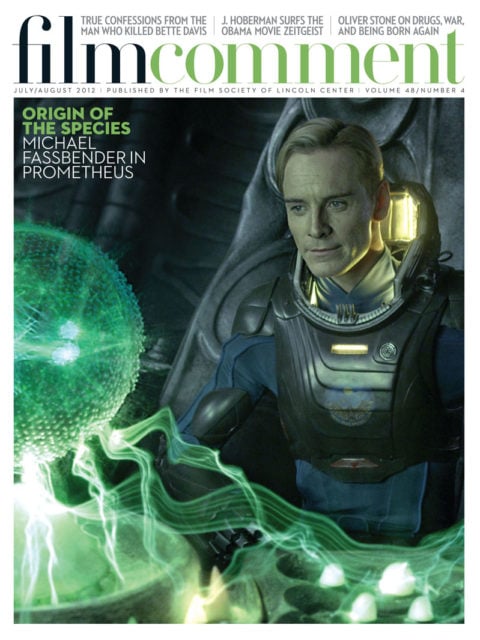
Either you know the name Ai Weiwei or you are, to some degree, clueless. The Chinese government would prefer the latter. Unfortunately for them, the reputation of the man Time magazine short-listed for 2011’s Person of the Year cover story just seems to grow. That was the same year security forces detained Ai at the Beijing Capital Airport. He “disappeared” for three months. Hillary Clinton, among others, was furious. Ai resurfaced unharmed but clearly shaken. His homecoming, i.e., his not-so-triumphant return to the studio/fortress he designed himself, is one of the numerous eye-opening incidents woven into Alison Klayman’s intriguing documentary. The world may think it knows who this man is, but it has never had the chance—until now—to really see him in action.
The film begins with a quasi-parable and ends with a call to arms: “Never Retreat, Retweet!” When the artist is first seen in his massive lair, the compound is revealed to be equal parts sanctuary, self-imposed prison, and animal shelter. One especially clever feline (out of 40) has taught itself how to open a door. The sage-like Ai pontificates: “The biggest difference between people and cats is that cats will open the door but they will never close it behind them.” He doesn’t elaborate but, clearly, there’s a lesson to be learned. By film’s end, Ai will have closed a few allegorical doors himself.

The artist, perhaps most famous for co-designing Beijing’s “Bird’s Nest,” went on to infamy when he publicly denounced the entire 2008 Olympics as Chinese party propaganda. In an equally loud and discordant tone, Ai has berated his government for, in turn, never admitting their guilt in the slipshod “tofu” building construction that led to the death of thousands of school children during the 2008 Sichuan earthquake. His anti-establishment, outrage-fueled, art-making practice—most visible in his large-scale public sculptures—has, at times, evaded China’s totalitarian censorship via the Internet. After his incendiary blog was silenced he ferociously fought back with Twitter.
Corned beef, as it happens, is another peculiar ingredient in Ai’s story. From 1983 to 1993, the aspiring artist lived in New York. He absorbed as much radical zeitgeist as he could (the Tomkins Square riots were pivotal) and worked for a brief period at the 2nd Ave Deli. As director Klayman explores this most fascinating epoch, she includes a present-day scene in which Ai revisits his adopted city and dines with friends at the Carnegie Deli. The sequence is bittersweet. Clearly enjoying himself, “the most powerful artist in the world” (Google it), hoards a substantial amount of leftovers. “Yes, yes,” he says, referring to the onion rings, “I will take everything.” His fanaticism for a good New York sandwich shop is touching—even more so if one fantasizes what kind of shape those onion rings will be in after a flight back to Beijing. Why, one wonders, would an individual who could live anywhere in the world choose a place where his own home has been surrounded by state-controlled surveillance cameras?
“He’s the only Chinese artist I know who cares deep down for his country and what happens to it,” says Hung Huang, an Asian media figure comparable in stature to both Anna Wintour and Oprah Winfrey. That Ai, in 1993, returned from New York to China to care for his ailing father is a known known. That he continues to stay is a pseudo-enigma. His wife and family are there—as is the child he fathered with “a friend.” “You’re an artist,” quips a journalist, referring to the out-of-wedlock youngster. “You’re allowed to do that.” “Not really,” Ai replies, “You’re not really allowed to do that.” You can imagine the artist giving that exact same answer if anyone asked him if he would ever consider leaving China.








